What to Expect at Your Dialysis Treatment
%20(1)%20(1).png)
Like any big change, adapting to in-center hemodialysis can take some time. Just remember that the dialysis treatment will be worth it and your care team will be there to support you through every step of treatment.
Before treatment
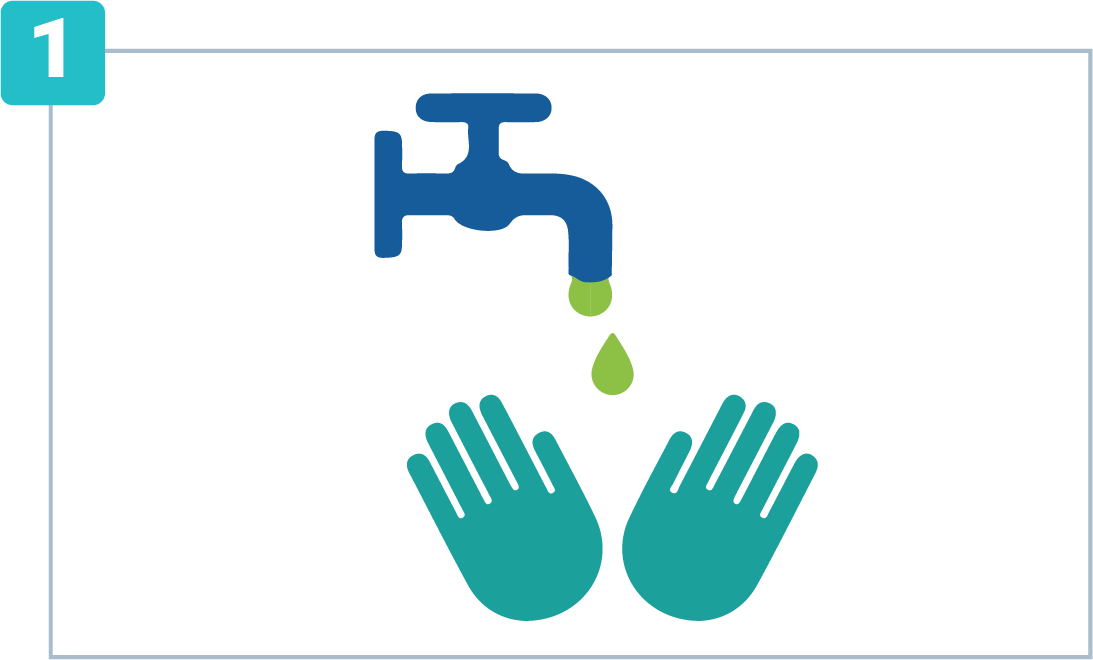
Wash your hands once you reach the dialysis center.

Your weight is checked.
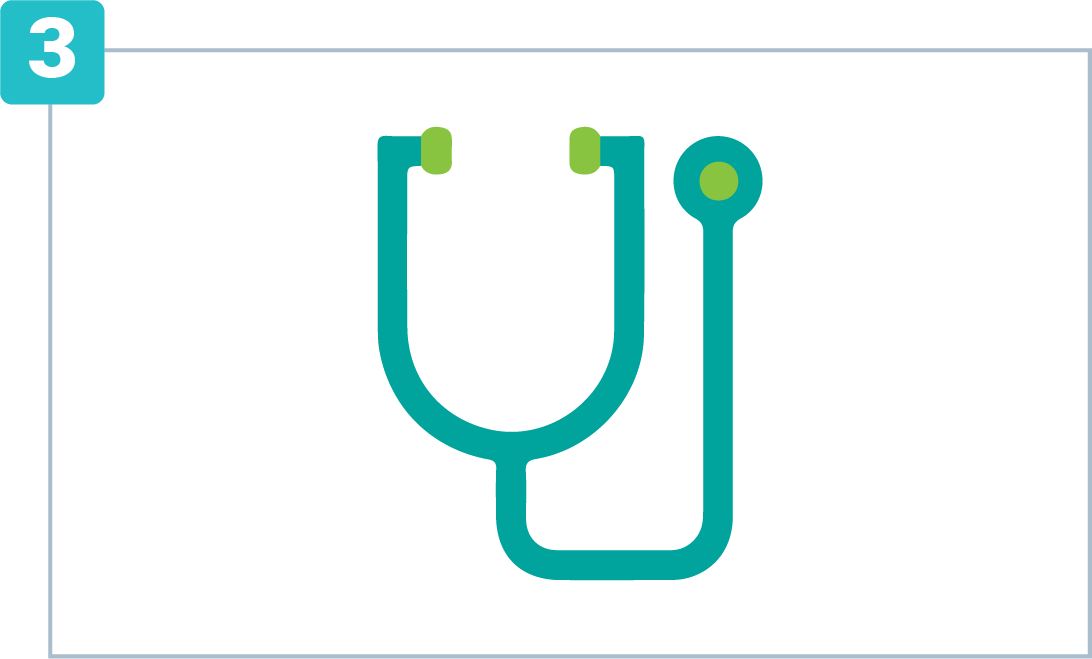
Your blood pressure and heart rate are measured.
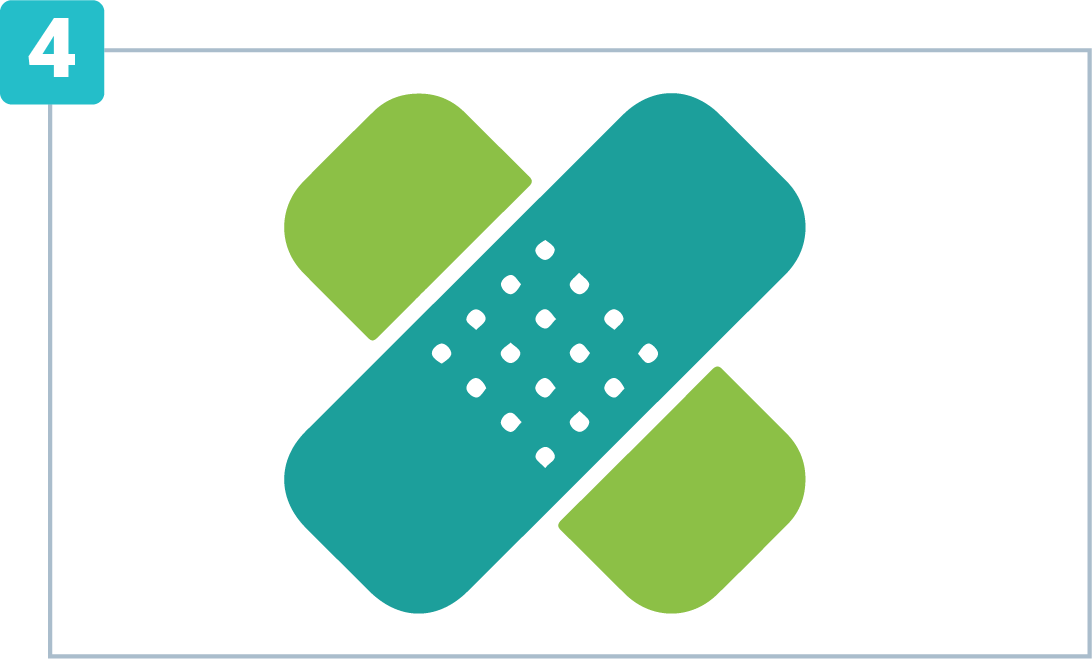
Your access site is checked and cleansed. Needles are inserted and secured properly.
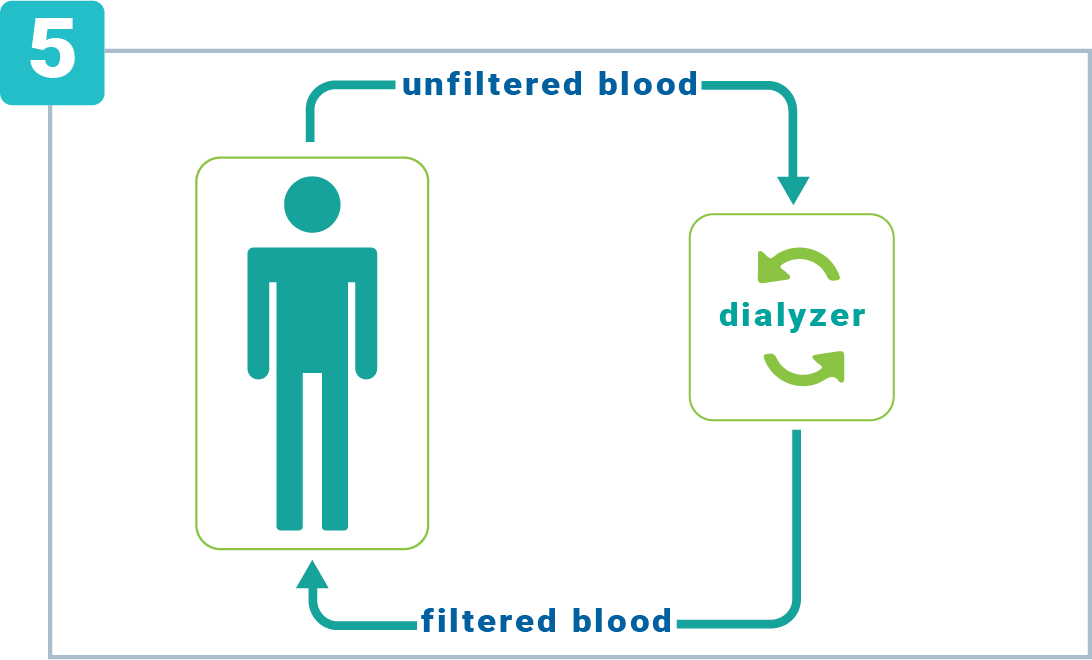
Tubing (bloodlines) is connected to the hemodialysis machine and attached to the needle.
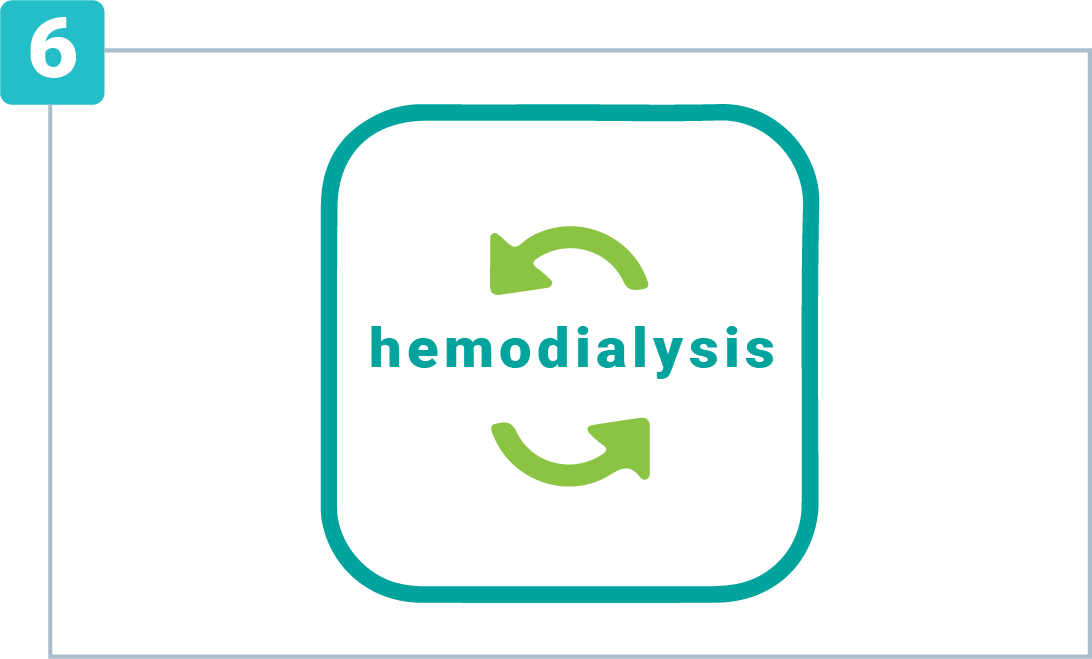
The hemodialysis machine is programmed with your personal prescription and your treatment commences
During treatment
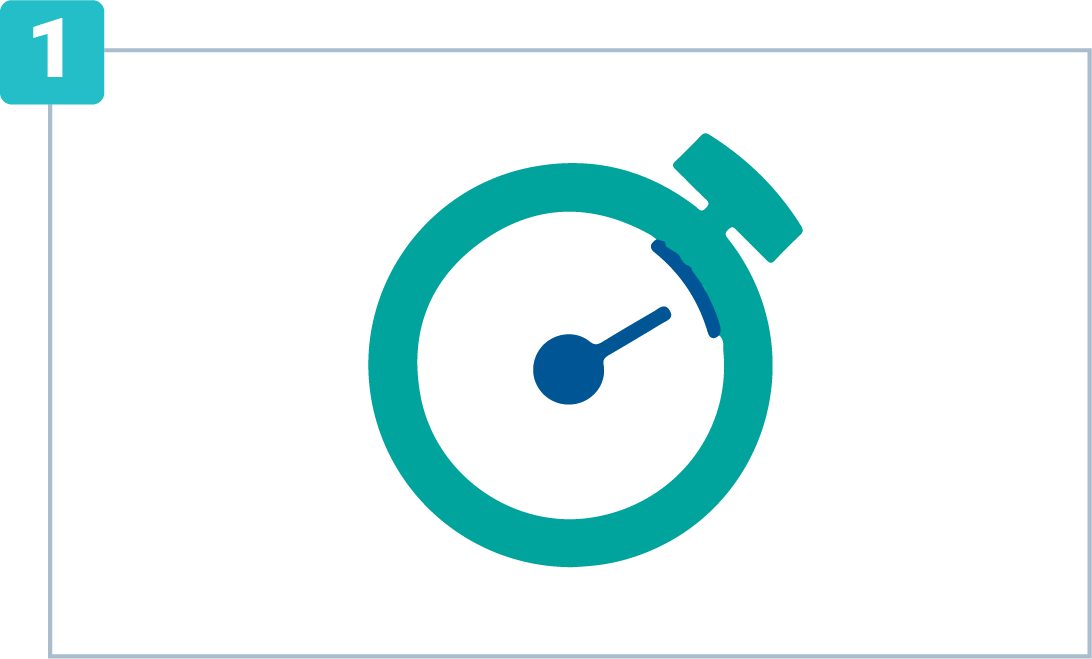
You are closely observed for safety and your treatment is monitored for effectiveness.
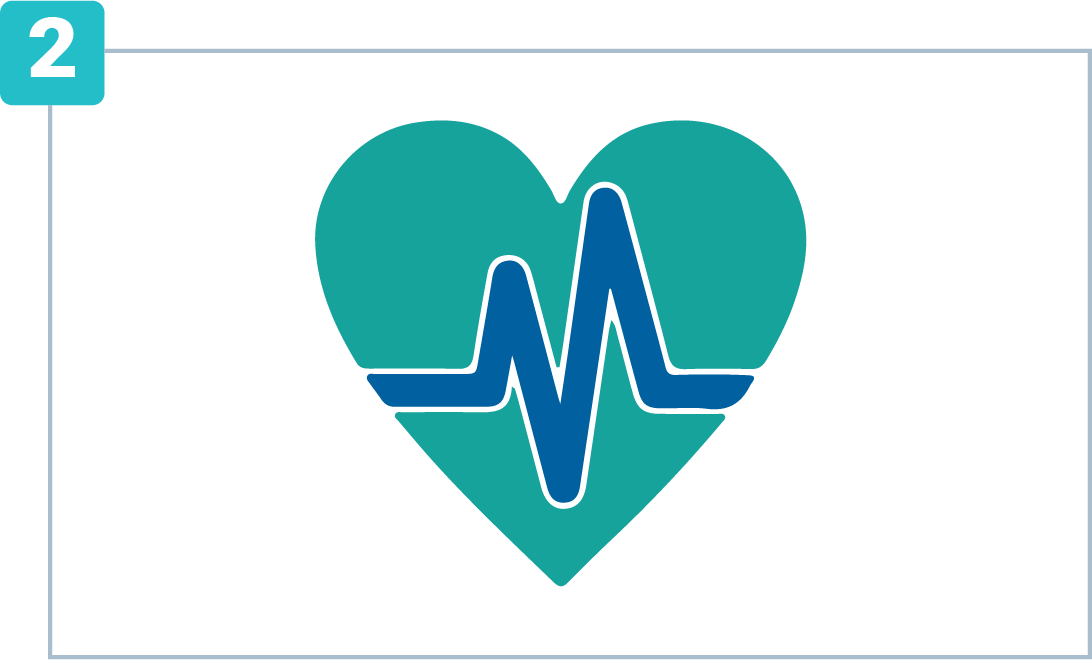
Your blood pressure and heart rate are measured at regular intervals.
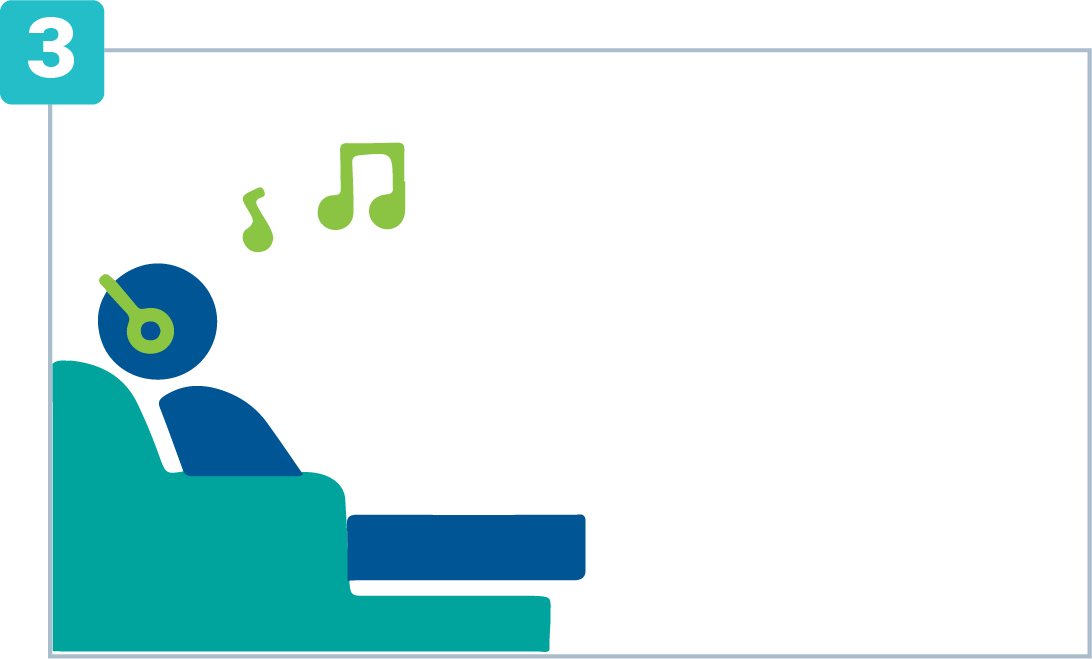
You may read, write in your journal or listen to music to help you relax.
After treatment

Once your treatment is completed, the machine timer will sound off.
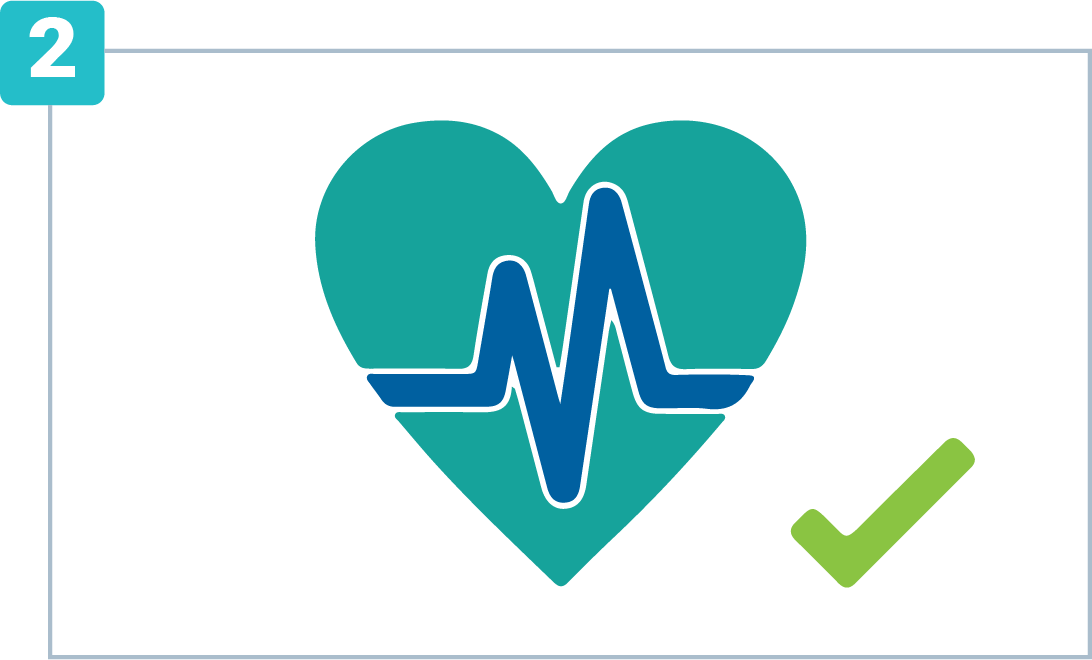
Your blood pressure and heart rate are measured.
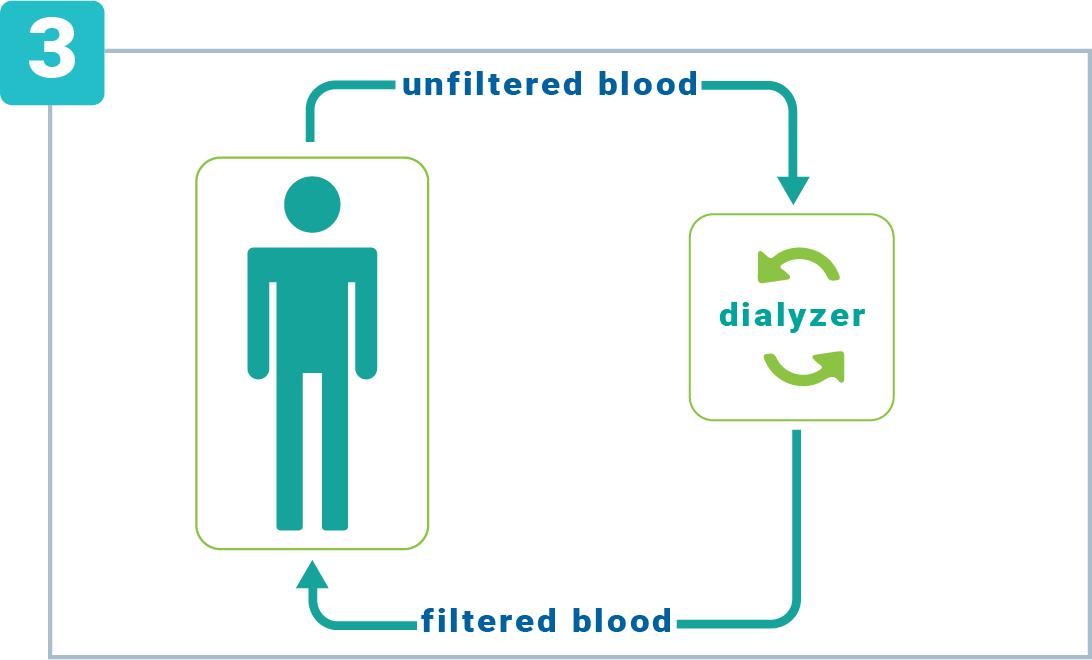
Blood is returned from the tubing (bloodlines) to you, machine is disconnected.

Needles are removed (or your catheter is disconnected if you have one) and your access site is evaluated. Pressure dressing is applied, if you have a fistula or graft, to prevent bleeding.
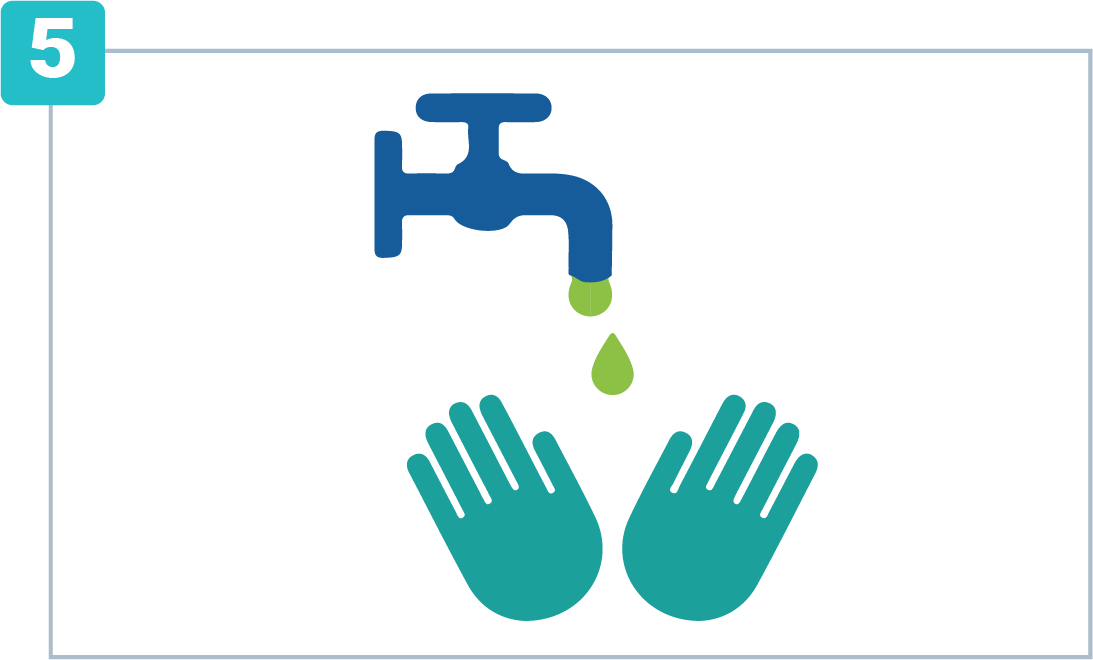
Wash your hands.
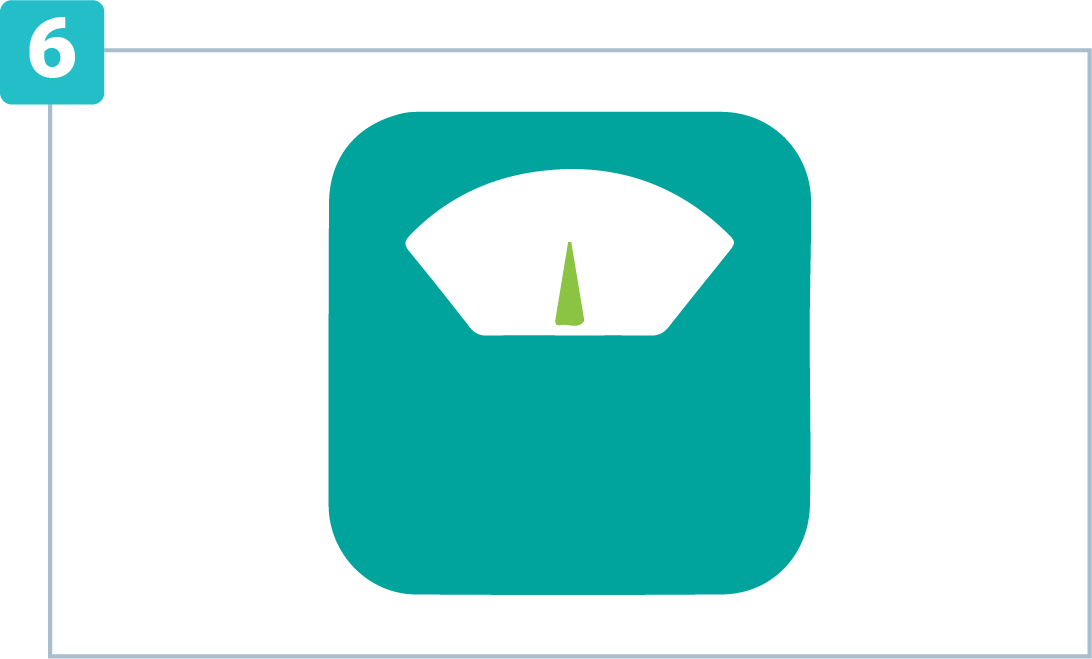
Your weight is checked.
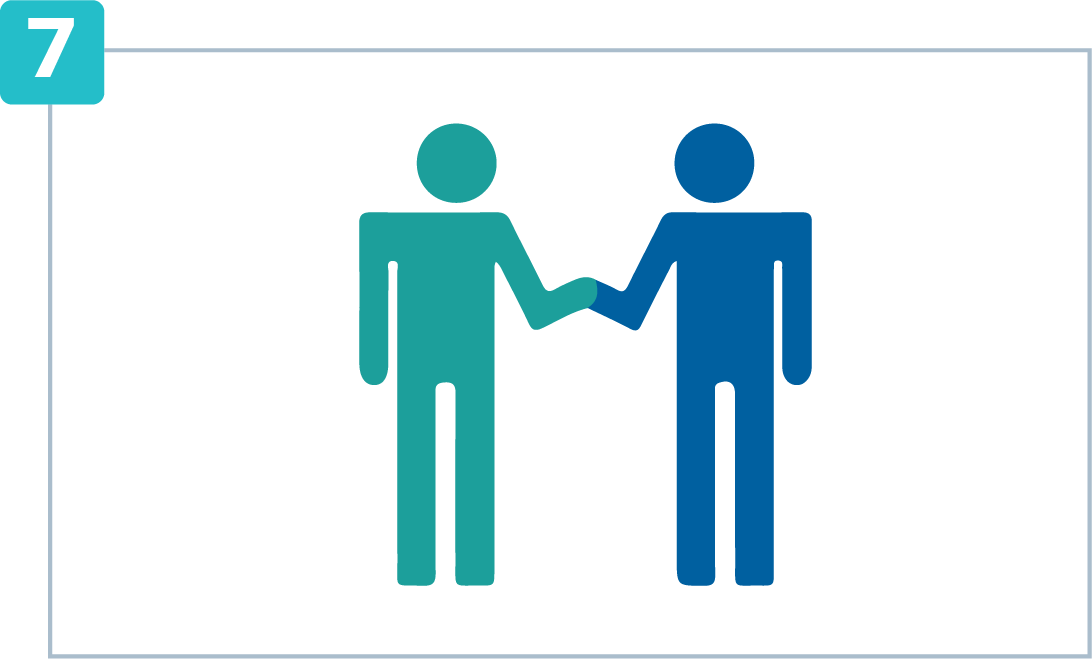
Once you feel well and your nurse deems you stable to resume your normal activities, you are discharged from the dialysis center.

Getting the most out of dialysis sessions
It’s important to complete your entire treatment session to get the full benefits. Stopping even 5 minutes early can affect your health. You may not feel the effects of shortened or missed treatments immediately, but not getting enough dialysis allows waste to accumulate in your body over time – and can cause serious health complications.

Talk to your care team about any discomfort
Occasionally, you may experience symptoms during dialysis such as abdominal cramping, nausea or other side effects. Let your care team know. They may need to check your access, review your hemodialysis treatment prescription or medications to help you feel better.

How do I know if my treatment is working?
Even when dialysis is working well, it still takes some time to start to feel better and see the results you want. Stay with it! The best measure of how well your treatment is going will be through your nephrologist’s assessment of your blood test results.

